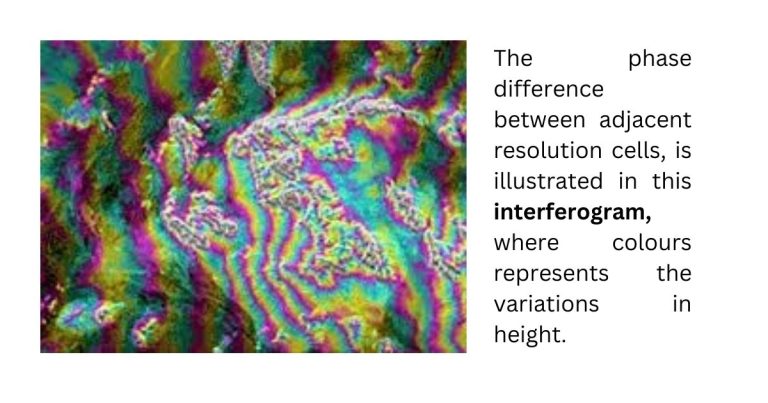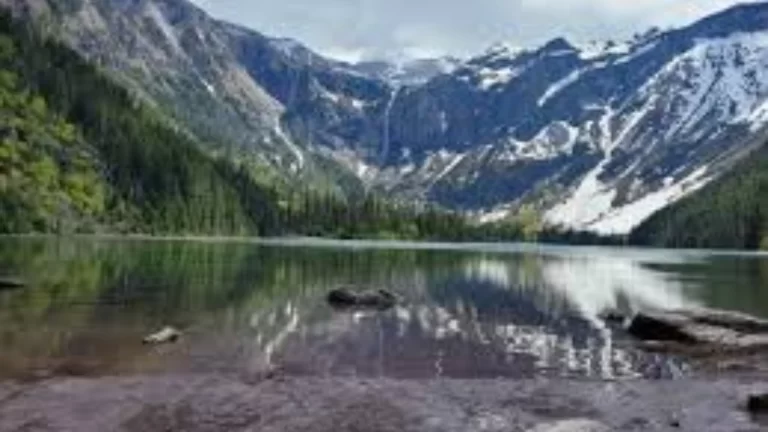The Coral Sea (click here to see map) is one of the most breathtaking marine regions on Earth. Known for its crystal-clear waters, vibrant coral reefs, and diverse marine life, it is a dream destination for divers, scientists, and ocean lovers. But this paradise faces serious threats—from climate change to overfishing.

Where is the Coral Sea Located?
It is a tropical marine region in the southwestern Pacific Ocean, bordered by:
Australia (Queensland) – Home to the Great Barrier Reef
Papua New Guinea – Rich in untouched coral atolls
Solomon Islands & Vanuatu – Pristine dive sites
New Caledonia – Famous for its UNESCO-listed lagoons
Fun Fact: It got its name from its abundant coral formations, including the world’s largest reef system—the Great Barrier Reef.
Coral Sea vs. Great Barrier Reef: What is the Difference?
| Feature | Coral Sea | Great Barrier Reef |
| Location | Open ocean bordering multiple countries | Along Australia’s northeast coast |
| Size | Over 1 million sq km | 344,400 sq km |
| Diving Experience | Remote, deep-sea diving | More accessible, shallow reefs |
| Marine Life | More pelagic (open ocean) species | More reef-dependent species |
How Deep is the Coral Sea?
It is not just about shallow reefs—it is also home to deep-sea trenches and underwater mountains.
- Average Depth: ~2,394 meters (7,854 ft)
- Deepest Point: Bougainville Trench (~9,140 meters / 30,000 ft)
- Shallow Reefs: Many coral atolls sit at just 10-30 meters (33-100 ft) below the surface.
Interesting Fact: It is so deep that some areas remain unexplored—scientists believe undiscovered species may live in its depths!
Marine Life in the Coral Sea
The Sea is a biodiversity hotspot, home to:
Sharks – Reef sharks, hammerheads, and even tiger sharks
Turtles – Green turtles and loggerheads
Tropical Fish – Clownfish, parrotfish, and angelfish
Whales & Dolphins – Humpback whales migrate here annually
Endangered Species in the Sea
| Species | Threat Level | Conservation Status |
| Hawksbill Turtle | Critically Endangered | Protected |
| Scalloped Hammerhead Shark | Endangered | Fishing restrictions |
| Coral Reefs | Vulnerable | Bleaching due to warming oceans |
Best Diving & Snorkeling Spots
If you love underwater adventures, these are the must-visit spots:
Top 5 Dive Sites in the Coral Sea
- Osprey Reef – Famous for shark encounters
- Bougainville Reef – Stunning coral walls
- Holmes Reef – Crystal-clear visibility
- Flinders Reef – Great for snorkeling
- Marion Plateau – Rare fish species
Best Time to Visit: May – November (cooler water, best visibility)
Biggest Threats to the Sea
Despite its beauty, the Sea is at risk from:
Coral Bleaching – Rising ocean temperatures kill coral
Overfishing – Illegal fishing depletes marine life
Plastic Pollution – Microplastics harm fish and turtles
Climate Change – Ocean acidification weakens reefs
5 Coral Sea Facts
1. WWII Shipwrecks – The Coral Sea was a WWII battleground; wrecks like the SS Yongala are now dive sites.
2. Unexplored Depths – Less than 20% of the Coral Sea has been mapped in detail.
3. Whale Superhighway – Humpback whales travel through here during migration.
4. Coral Spawning Events – Once a year, corals release eggs in a spectacular underwater “snowstorm.”
5. Home to the “Coral Sea Monster” – Rare deep-sea creatures like the frilled shark lurk in the depths.
Why the Coral Sea Matters
This sea is more than just a beautiful dive spot—it’s a vital marine ecosystem that supports thousands of species. By visiting responsibly and supporting conservation, we can help protect it for future generations.
Have you dived in the Coral Sea? Share your experience in the comments!





























